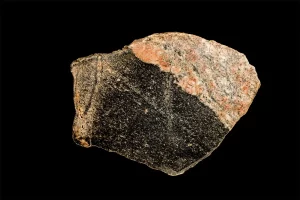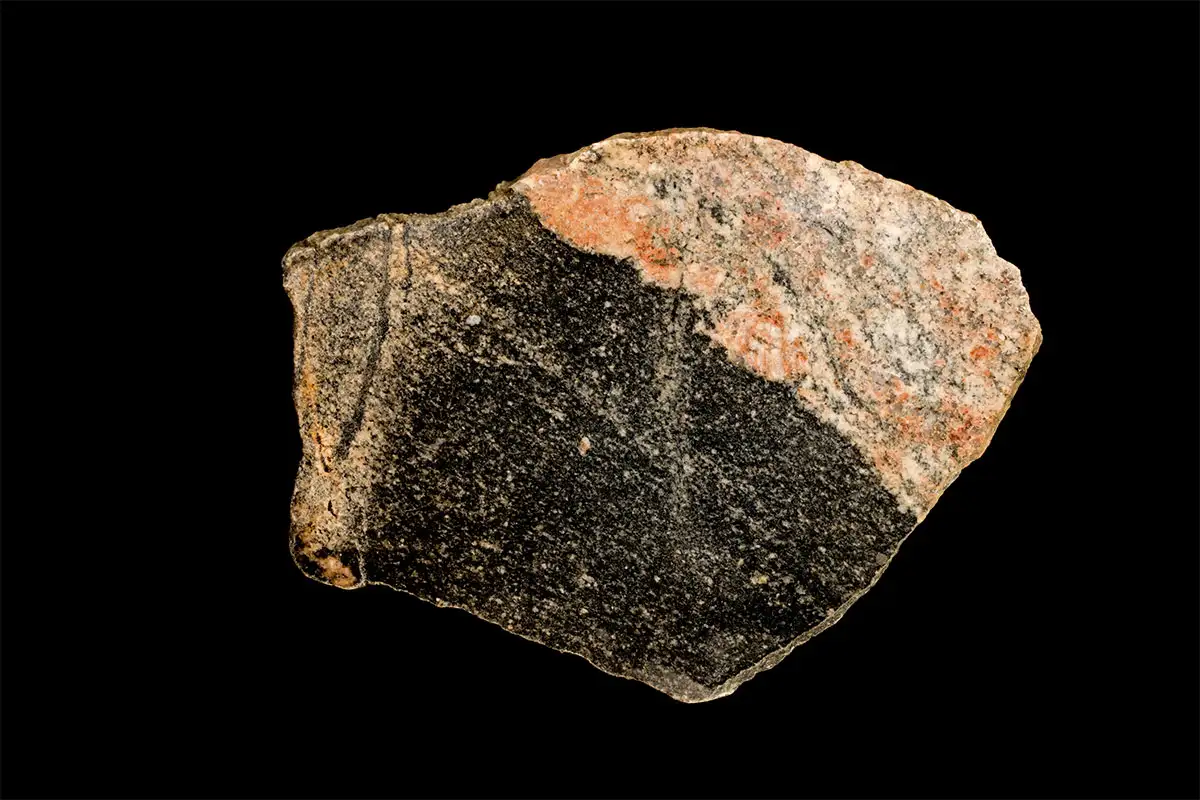This article is aimed at individuals who have an interest in geology, earth sciences, and the wonders of our planet’s history. Readers will benefit from gaining insights into the discovery of Earth’s oldest rocks, understanding their significance, and appreciating the scientific endeavors that contribute to our understanding of Earth’s geological past.
Introduction:
Dr. Katherine Morgan, a dedicated geologist with an insatiable curiosity about Earth’s history, beckons us to journey back in time. A journey that takes us to the very cradle of our planet’s existence, where rocks, as ancient witnesses, whisper stories of Earth’s dawn. In this article, we delve into the awe-inspiring discovery of Earth’s oldest rocks, a scientific triumph that forever altered our understanding of the planet’s primordial origins.
The Unearthed Relics of Time
Imagine standing amidst a landscape untouched by humanity, surrounded by rocks that have borne the weight of countless millennia. In the late 20th century, geologists stumbled upon a collection of rocks that predates life as we know it. These ancient formations, found in remote corners of the globe, provided an unprecedented opportunity to traverse back through time. Radiometric dating, a technique that measures the decay of radioactive isotopes within rocks, unveiled their age – a staggering 4.4 billion years.
These rocks, often referred to as “basement rocks,” serve as windows into Earth’s earliest stages. Through their mineral composition and layers, scientists decipher the tumultuous conditions that marked our planet’s infancy. The story they tell is one of cataclysmic collisions, molten seas, and the gradual cooling of the nascent Earth.

Decoding Earth’s Formation
The significance of Earth’s oldest rocks extends beyond mere age. These geological relics unlock vital information about the very processes that shaped our planet. Chemical analyses of these ancient formations reveal the primordial composition of Earth’s crust and mantle, indicating the origins of our lithosphere and its evolution over billions of years.
Additionally, the intricate layering within these rocks acts as a geological diary, chronicling the environmental changes Earth underwent during its formative years. The presence of specific minerals points to the conditions prevailing at the time of their formation, providing clues about ancient climates, oceanic environments, and volcanic activity.
The Pioneering Scientists Behind the Find
The unearthing of Earth’s oldest rocks was not a stroke of luck but the result of relentless scientific pursuit. Geologists, armed with hammers and unyielding determination, traversed treacherous terrains to access these ancient formations. Driven by an insatiable hunger for knowledge, these pioneers refined radiometric dating techniques and developed sophisticated methods to decipher the rocks’ history.
Notably, the late Dr. Marie Jackson, a trailblazing geologist, revolutionized our understanding of these ancient formations. Her groundbreaking work in unraveling the microstructures of these rocks revealed hidden details of their metamorphic journey, providing invaluable insights into the dynamic processes that shaped the early Earth.
Illuminating Clues for Future Exploration
While Earth’s oldest rocks serve as a testament to the distant past, they also hold the keys to understanding our planet’s future. The examination of these rocks offers insights into the evolution of Earth’s atmosphere and climate. Trapped gases within these ancient formations provide a snapshot of the atmospheric composition billions of years ago, shedding light on the conditions that fostered life’s emergence.
Furthermore, the study of Earth’s oldest rocks resonates beyond our planet. As we explore the cosmos and seek signs of life on other celestial bodies, the knowledge gained from these geological marvels can help us interpret the potential habitability of distant worlds. The parallels between Earth’s early conditions and those of other planets and moons offer a glimpse into the possibilities of life beyond our home planet.
Conclusion
As we commemorate the 50th anniversary of the discovery of Earth’s oldest rocks, we celebrate not only the remarkable achievements of pioneering geologists but also the profound revelations that have reshaped our understanding of Earth’s ancient history. Dr. Katherine Morgan’s passion for unveiling Earth’s secrets has allowed us to journey back to a time when our planet was still in its infancy. Let us continue to marvel at the resilience of these geological treasures and honor the scientists who, through their dedication, have unveiled the secrets of Earth’s geological past. In doing so, we honor the very essence of human curiosity that propels us to unearth the mysteries of our world.




